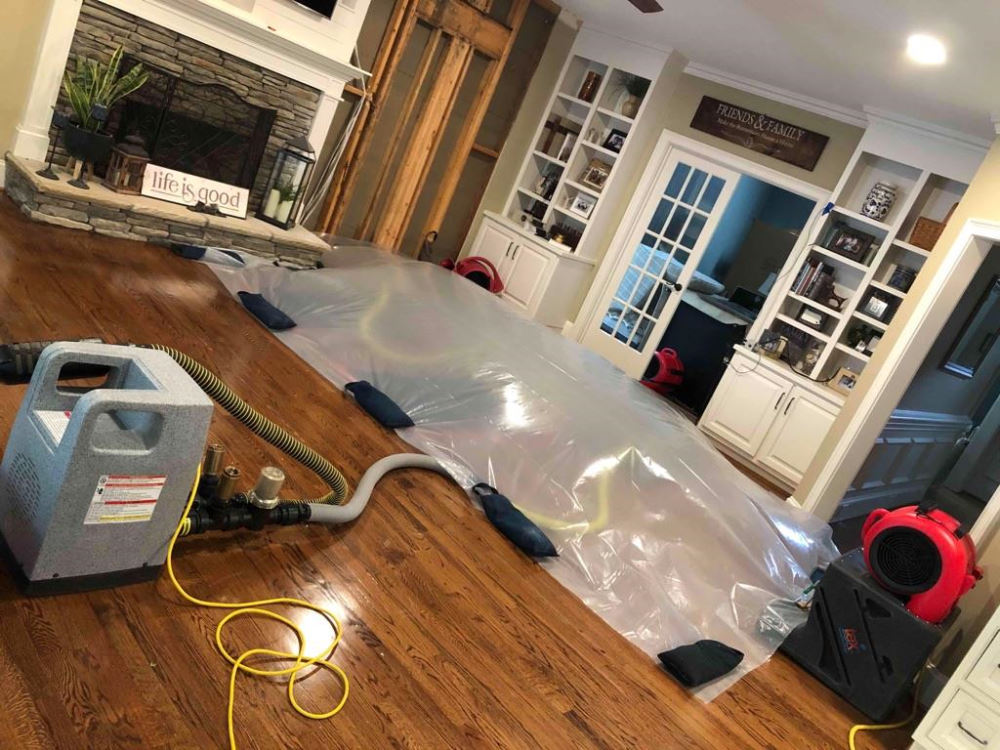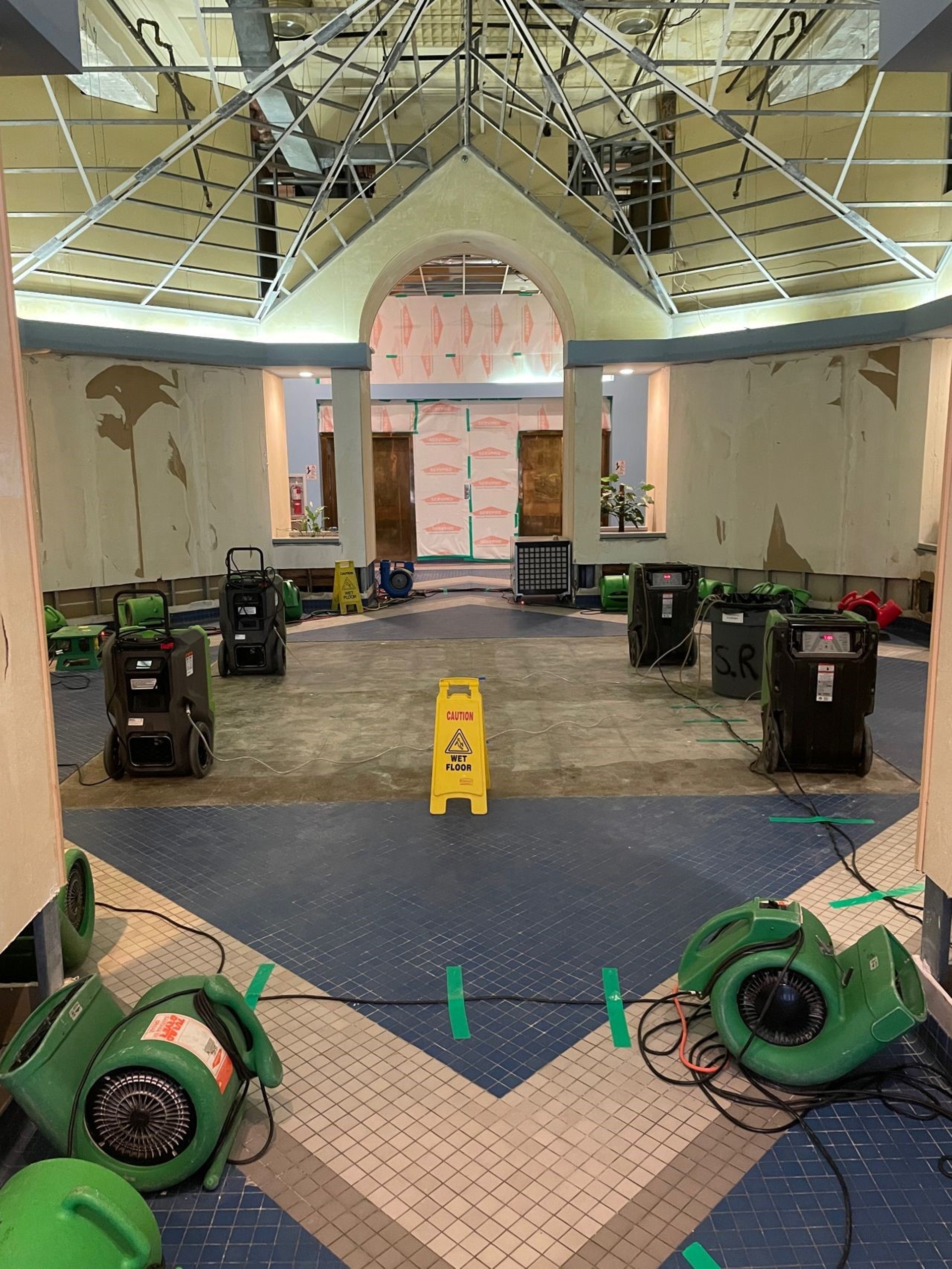Your Trusted Home Inspector Philadelphia: Insights for Confident Residential Or Commercial Property Possession
Emergency Water Damages Remediation: Swift Reaction to Lessen Further Damages
Water damage can strike all of a sudden and leave terrible results on organizations and homes. When faced with such a circumstance, a quick reaction is essential to reduce more damage and stop potential health threats. But just what does emergency situation water damages repair involve? In this conversation, we will explore the importance of prompt action, the evaluation process, the steps involved in water removal and drying, mold avoidance and remediation, and ultimately, the repair of the affected location. By comprehending the necessity and extensive nature of this process, you will certainly obtain useful understandings into how specialists tackle emergency situation water damage, guaranteeing a swift and effective reaction.
Value of Swift Response
Swift reaction is of utmost relevance in water damage remediation to reduce additional damages and mitigate prospective risks. The longer water rests in a building, the more damages it can create.
Among the major factors swift action is necessary in water damage reconstruction is to stop the growth of mold and mildew. Mold can begin to grow within 24 to 2 days of water direct exposure, and as soon as it takes hold, it can spread rapidly throughout the afflicted location. Mold and mildew not just triggers further damages to the framework of the structure but additionally presents health and wellness risks to occupants. By reacting swiftly, specialists can completely dry out the area and prevent the development of mold and mildew, minimizing the demand for extensive remediation and ensuring the safety of those included.
Water damages can be ruining, especially when it influences personal things of monetary or emotional value. Performing quickly enables experts to analyze the damage and carry out ideal remediation methods to restore as much as possible.
Assessing the Degree of Damage

Throughout the assessment, restoration professionals completely examine the affected location to identify visible signs of damage, such as water stains, warped materials, and mold and mildew development. They additionally make use of specialized devices to find covert damages, such as wetness meters and thermal imaging cams. This extensive examination permits them to accurately establish the level of the damages and develop a tailored repair strategy.
Due to the fact that it aids experts prioritize their efforts,Assessing the extent of water damages is crucial. They can determine locations that require prompt interest, such as standing water removal and drying out, to avoid additional damages and minimize the danger of mold and mildew development. They can also determine the locations that require repairs or replacement, guaranteeing that no damages goes neglected or unnoticed.

Water Removal and Drying Process
The water extraction and drying out process is an essential step in water damage repair, as it includes the removal of excess water and the comprehensive drying of the afflicted location to avoid more damages and alleviate the threat of mold and mildew growth. After analyzing the level of the water damages, the following action is to remove the water from the afflicted area.
When the excess water has actually been removed, the drying out process starts. This step is vital in preventing additional damage, such as structural damage and the development of mold and mold. High-powered fans and dehumidifiers are made use of to circulate air and remove moisture from the air and surface areas. The drying out process might take numerous days, depending upon the degree of the water damages and the materials involved.
It is very important to guarantee that the damaged location is completely dry before proceeding with any kind of repair work or reconstruction. Failure to extensively dry out the area can cause long-lasting concerns, including weakened frameworks, stuffy smells, and the development of mold and mildew. Consequently, professional water damages restoration companies utilize dampness detection tools to make certain that the affected location is completely dry prior to continuing to the next step.
Mold And Mildew Avoidance and Remediation
Effective mold and mildew prevention and removal are important in water damages repair to ensure the safety and security and integrity of the damaged location. mold remediation philadelphia. When water damages occurs, whether from a burst pipeline, flooding, or a leaking roofing system, it creates an ideal environment for mold growth. Mold and mildew can start to develop within 24 to 2 days after water damages, and if left unattended, it can spread rapidly and create significant health threats
To stop mold and mildew development, it is important to resolve water damages promptly. The initial action is to determine and fix the resource of the water breach.
In cases where mold growth has already taken place, remediation is required to remove the mold and stop its return. This entails the mindful elimination and disposal of link afflicted products, such as drywall or carpeting, to make certain that all traces of mold and mildew are eliminated. It is very important to note that mold and mildew removal should be executed by specialists that have the required training and equipment to safely remove and deal with mold.
Restoring the Affected Area

Firstly, it is important to completely dry the location to protect against any more damage and to hinder the development of mold and mold. This might include making use of specialized his response drying equipment, such as dehumidifiers and industrial-grade fans, to eliminate all moisture from the damaged surfaces.
When the location is entirely dry, the restoration procedure can start. This might include fixing or replacing damaged architectural aspects, such as ceiling, drywall, or floor covering floor tiles. It is essential to address any kind of underlying problems that may have caused the water damages, such as leaky pipelines or damaged plumbing, to stop future incidents.
Additionally, recovering the damaged area may additionally include painting walls, replacing damaged fixtures, and extensively cleansing and sanitizing the room. This makes sure that not only is the location structurally sound, but it is additionally cosmetically pleasing and safe for occupancy.
Final Thought
Finally, quick reaction is critical in minimizing additional damages caused by water emergency situations. Evaluating the level of damage permits for effective water extraction and drying out processes to be implemented. Furthermore, mold and mildew avoidance and removal are essential in recovering the affected area. In general, prompt activity and complete reconstruction actions are key to alleviating the negative effects of water damages.
Swift response is of utmost importance in water damages restoration to decrease further damage look at more info and reduce possible threats.Throughout the analysis, repair specialists completely analyze the affected area to recognize visible signs of damages, such as water discolorations, warped materials, and mold development.The water removal and drying procedure is a critical action in water damage reconstruction, as it includes the removal of excess water and the detailed drying of the afflicted area to protect against further damages and alleviate the threat of mold and mildew growth. After evaluating the degree of the water damage, the following action is to remove the water from the afflicted location.Reliable mold and mildew avoidance and removal are essential in water damage reconstruction to make sure the security and honesty of the afflicted location.